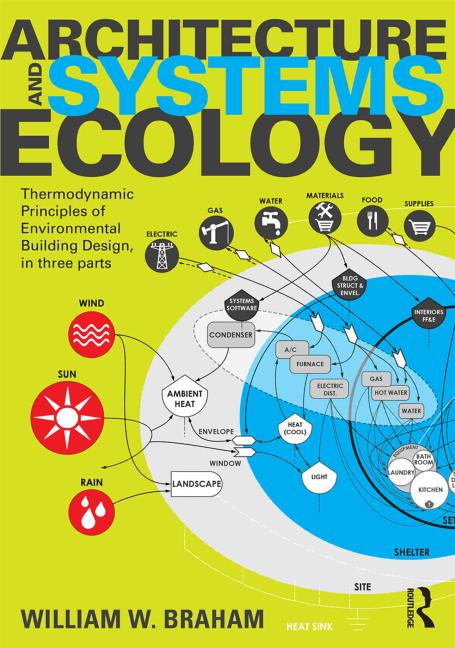GAF Announces Results of Peer-Reviewed Study on Effectiveness of Cool Pavement Coatings in Mitigating Extreme Heat
GAF, a Standard Industries company and North America’s largest roofing and waterproofing manufacturer, and Climate Resolve, a Los Angeles-based nonprofit dedicated to climate resilience, announced the results of a peer-reviewed study by Altostratus Inc. examining the effects of cool pavements in mitigating urban heat. The study, which was conducted in the Pacoima neighborhood of Los Angeles as part of the GAF Cool Community Project, revealed reductions of ambient air temperatures by as much as 3.5°F during extreme heat events and a 25-50% reduction in the local census-tract urban heat island effect during temperature peaks. The results reinforce the efficacy of cool pavement technology as one strategy to help cities tackle extreme heat, particularly in communities like Pacoima, one of the hottest neighborhoods in Los Angeles, that have been underinvested in when it comes to climate solutions.
Published in the IOP Environmental Research Communications journal, the research also indicated notable reductions of up to 10°F in surface temperatures following the application of GAF solar reflective, or “cool,” pavement coatings, which directly correlated to a reduction in air temperature and felt temperature in the community. The application resulted in radiant temperature (e.g., MRT), which quantifies the exchange of radiant heat between a human and their surrounding environment, influencing personal comfort, experiencing a reduction of around 1.5 °F. Other thermal indicators used in the study also showed reductions in heat effects.
This initiative took a community-wide approach to mitigating heat through cool pavement coatings, including testing two adjacent and similar sections of the community to compare, side-by-side, before and after coating with reflective pavements. Coatings were applied to more than 700,000 square feet of dark asphalt surfaces in the community of Pacoima, outside of Los Angeles, including streets, basketball courts, playgrounds, and parking lots.
"The publication of this study is a significant step forward in our collective efforts to address urban heat disparities,” said Jonathan Parfrey, executive director of Climate Resolve. “Urban heat is a pressing issue with far-reaching implications, and this research highlights the viability of pavement coatings as a strategy in combating global climate change.”
The research took place over 12 months and data was collected in various conditions, including an extreme heat-wave event, typical summer weather for the area, cold and overcast conditions, nighttime, and in different seasons. Additional findings from the research point to:
- Improvements in ambient air temperatures, with significant reductions observed in Pacoima and surrounding areas during peak heat periods. Ambient air temperatures were reduced by up to 2.1°F during sunny days and up to 0.5°F during summer nights. During an extreme heat event, reductions of up to 3.5°F were observed during the daytime.
- Public health benefits, with the coatings reducing 25-50% of the local census-tract urban heat island effect during temperature peaks.
- Environmental benefits included an increase in surface albedo by up to 0.22, surpassing values from previous studies. This increase has significant energy balance implications for urban areas.
- Coatings contributed to slower warming before noon or faster cooling after noon time.
- Indicators of pedestrian thermal comfort predominantly showed a cooling effect with some variability, alongside no reported increase in glares for drivers.
"This research provides tangible evidence of the effectiveness of pavement coatings as one solution cities should consider to help mitigate the impacts of extreme heat and support public health,” said Jeff Terry, vice president of sustainability at GAF. “It also reinforces the power of partnership in addressing climate challenges. Collaborating with stakeholders across sectors allows us to develop holistic strategies that address the complex connection between urban development, climate change, and community well-being.”
The research was led by Altostratus, developer of California’s Urban Heat Island Index. Lead researcher Haider Taha emphasized the multiscale nature of the study and its findings saying, "We looked at a broad spectrum of data over the course of a year, examining impacts at both community and individual scales, i.e., at the surface, pedestrian level, and the urban canopy layer to understand potential impacts. Our study and its findings bridge an important gap between scientific research and practical solutions for urban heat challenges."
GAF, Climate Resolve and their partners remain committed to advancing evidence-based solutions for building climate-resilient cities. For more information about the Cool Community Project and the published research, visit www.GAF.com/coolcommunity.
Looking for a reprint of this article?
From high-res PDFs to custom plaques, order your copy today!







